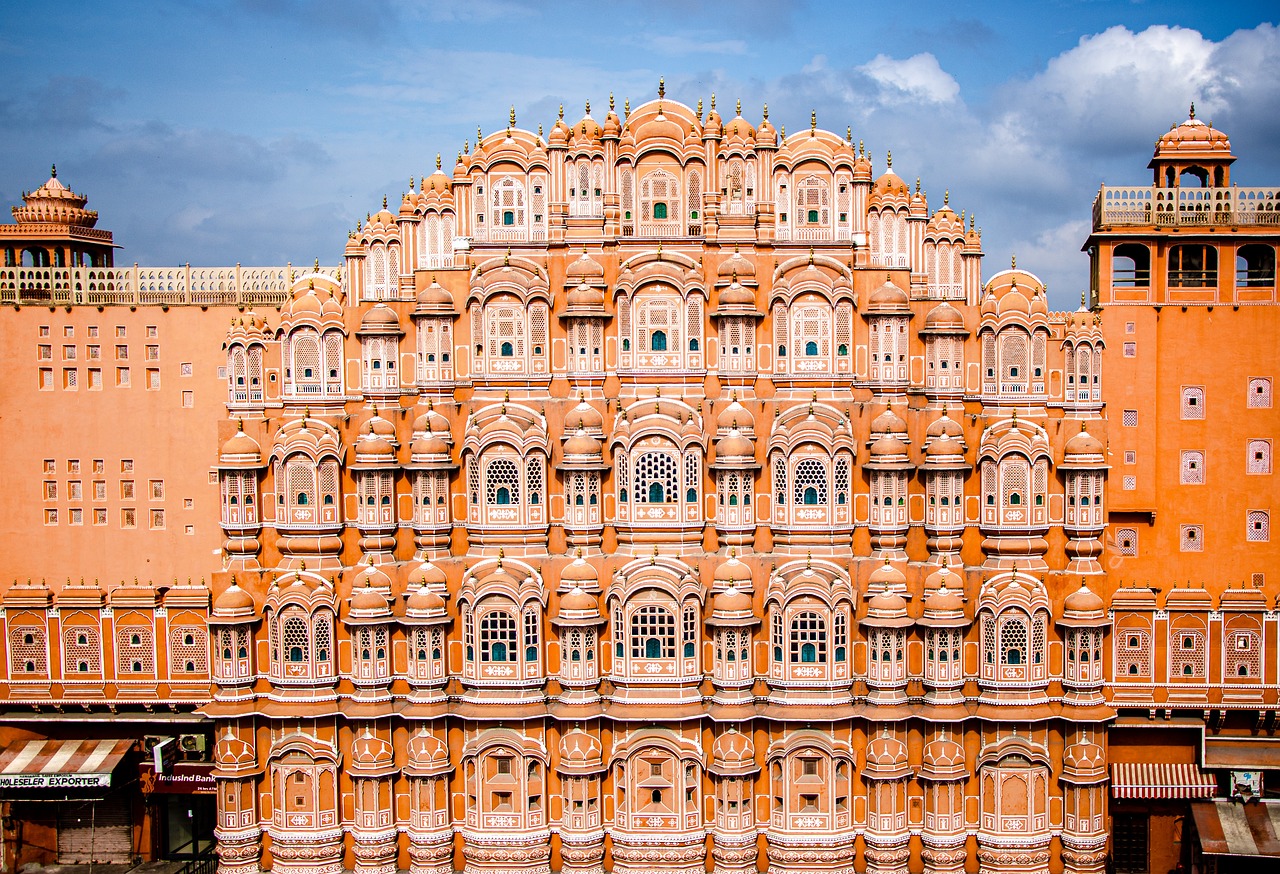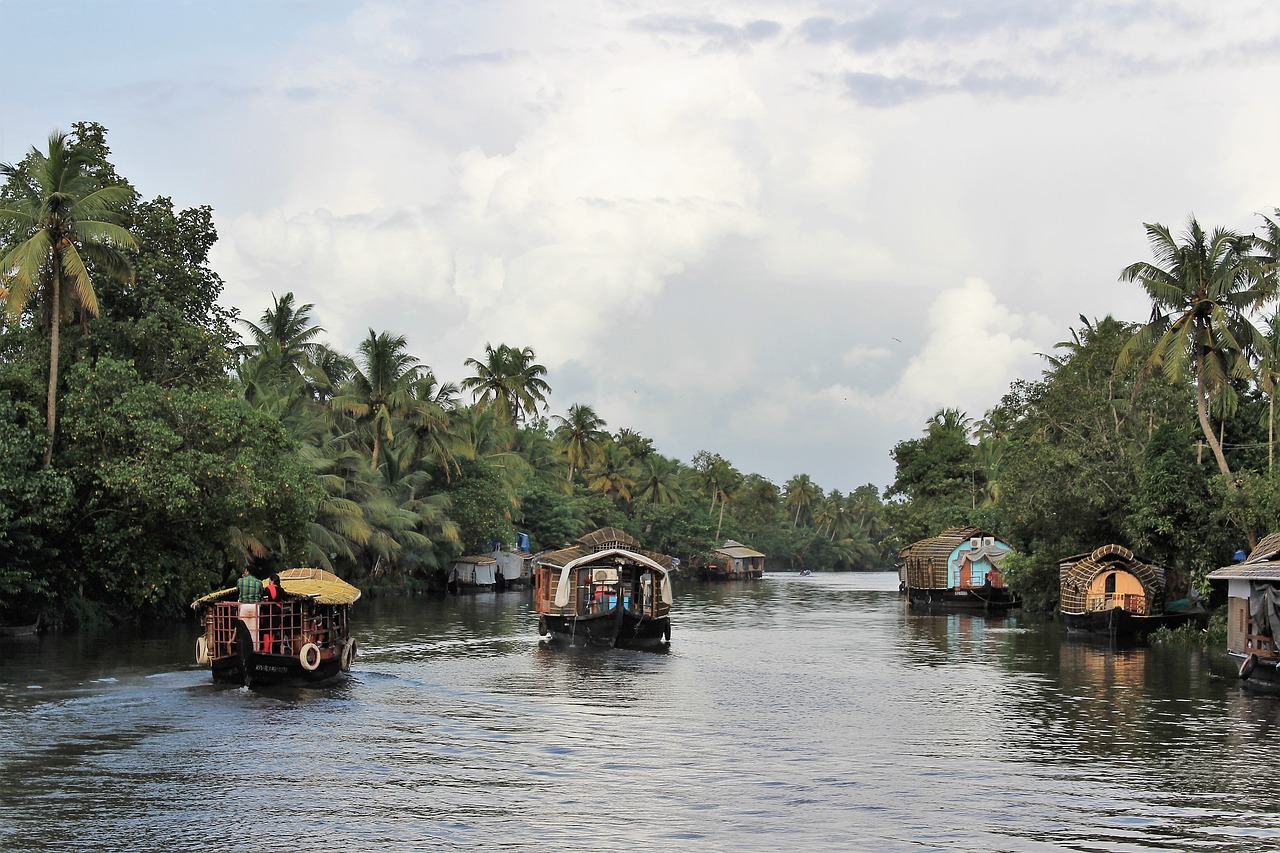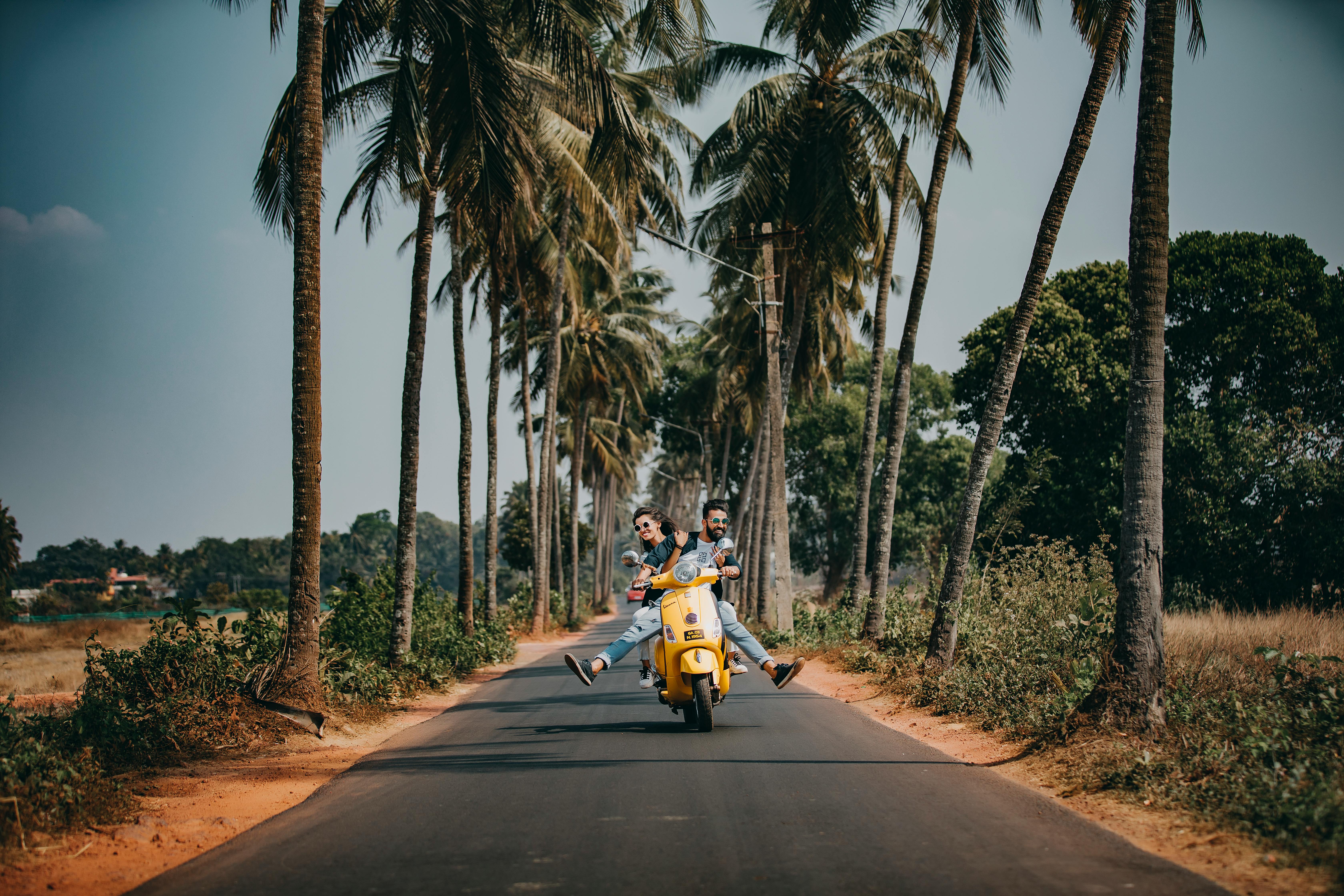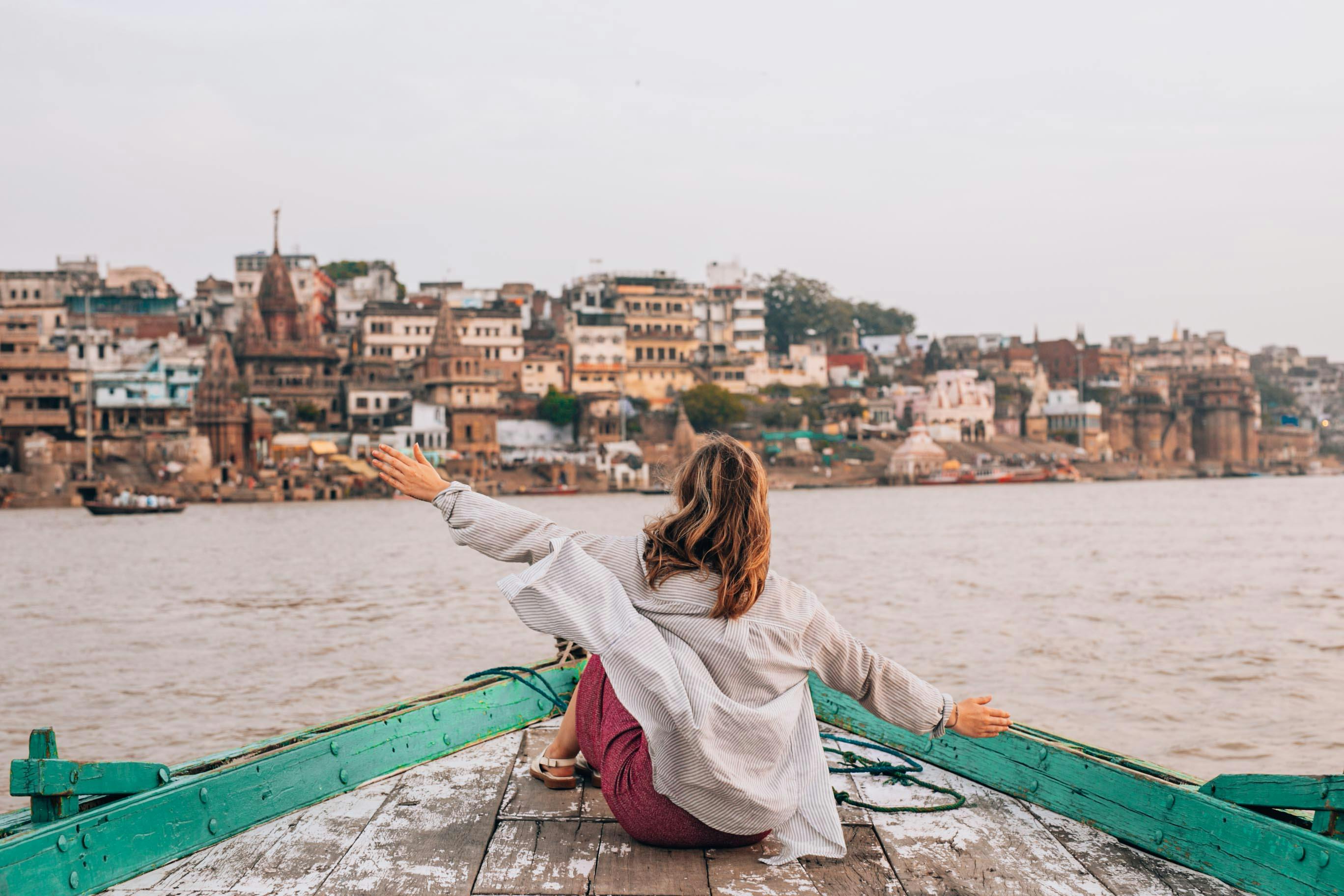Here are five essential points for each location that overseas travelers should know before visiting
Delhi
1. Weather Considerations: Delhi experiences extreme weather, with hot summers (April to June) and cold winters (December to January). The best time to visit is during October-November or February-March.
2. Traffic & Transportation: The traffic can be overwhelming. Use the Delhi Metro or ride-hailing apps like Uber/Ola for easier navigation.
3. Local Etiquette: Dress modestly, especially when visiting religious sites. Be mindful of cultural norms and avoid public displays of affection.
4. Safety Tips: Be cautious with your belongings, especially in crowded areas and markets. Avoid venturing into less-known areas after dark.
5.Currency & Payment: Carry cash in small denominations as many local shops and markets don’t accept cards. ATMs are widely available, but be prepared for possible surcharges.

Jaipur
1. Weather: Jaipur can get quite hot from April to June. The best time to visit is from October to March when the weather is pleasant.
2. Historical Sites: Most attractions, like Amber Fort and City Palace, have entry fees. It’s a good idea to book tickets online in advance to avoid queues.
3. Bargaining: Bargaining is common in local markets such as Johari Bazaar and Bapu Bazaar, so don’t hesitate to negotiate for a better price.
4. Respect for Culture: Jaipur has many religious and cultural sites. Dress appropriately and remove shoes when entering temples.
5.Transportation: Auto-rickshaws and taxis are popular, but ensure to negotiate or agree on the fare before starting the journey.

Agra
1. Taj Mahal Timings: The Taj Mahal is closed on Fridays. Visit early in the morning to avoid crowds and catch the sunrise.
2. Weather: Summers can be extremely hot. The ideal time to visit is between October and March.
3. Footwear & Clothing: You need to remove your shoes at many attractions, so wearing socks can help on hot days. Dress modestly at religious sites.
4. Beware of Scams: Be cautious of touts, guides, and street vendors around popular tourist spots. Stick to authorized guides or government-approved tour services.
5.Transportation: Cycle rickshaws, electric rickshaws, and taxis are common modes of transportation. Use prepaid taxi services where possible.

Kerala
1. Weather & Best Time: Kerala has a tropical climate, with the best time to visit from October to March. The monsoon season (June to August) can be heavy.
2. Health Precautions: Be cautious about water consumption; drink bottled water and avoid street food if you’re not used to it.
3. Houseboat Experience: If visiting Alleppey or Kumarakom, booking a houseboat stay in advance can provide a unique experience on the backwaters.
4. Cultural Etiquette: Kerala is more conservative compared to some other Indian states. Dress modestly, especially in temples and rural areas.
5.Transportation: Local buses, taxis, and auto-rickshaws are common, but renting a car with a driver can be more convenient for exploring.

Goa
1. Peak Tourist Season: December to February is peak season with great weather, but it can get crowded. Book accommodations early if traveling during this time.
2. Dress Code: Goa is more relaxed, but modest clothing is still expected at religious sites. Bikinis/swimsuits are acceptable on beaches but not in public areas.
3. Renting Vehicles: Renting scooters/bikes is popular and affordable, but ensure you have a valid driving license and always wear a helmet.
4. Beware of Water Safety: Pay attention to safety flags on beaches. The ocean currents can be strong, so swim only in designated areas.
5.Nightlife & Parties: Goa has vibrant nightlife, but exercise caution, stay in groups, and avoid accepting drinks from strangers.

Varanasi
1. Cultural Sensitivity: Varanasi is one of the holiest cities in India, so dress conservatively, especially near the ghats and temples.
2. Ganga Aarti Ceremony: The evening Ganga Aarti at Dashashwamedh Ghat is a must-see. Arrive early to secure a good viewing spot.
3. Boat Rides: Boat rides on the Ganges are popular, especially during sunrise or sunset. Negotiate the fare beforehand.
4. Crowds & Chaos: Varanasi can be overwhelming due to narrow lanes, crowded ghats, and busy streets. Stay aware of your surroundings.
5.Scams & Touts: Be cautious of people offering unsolicited help, guide services, or pushy sales pitches. Stick to authorized guides.

